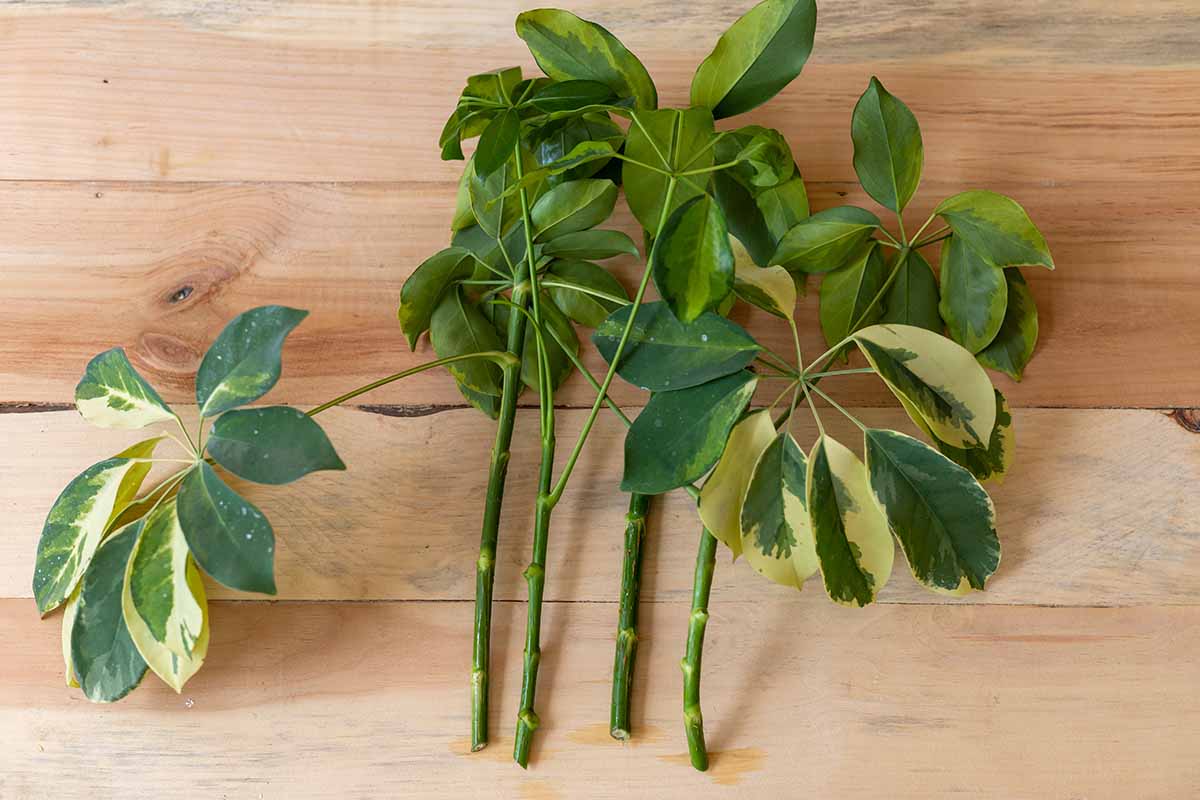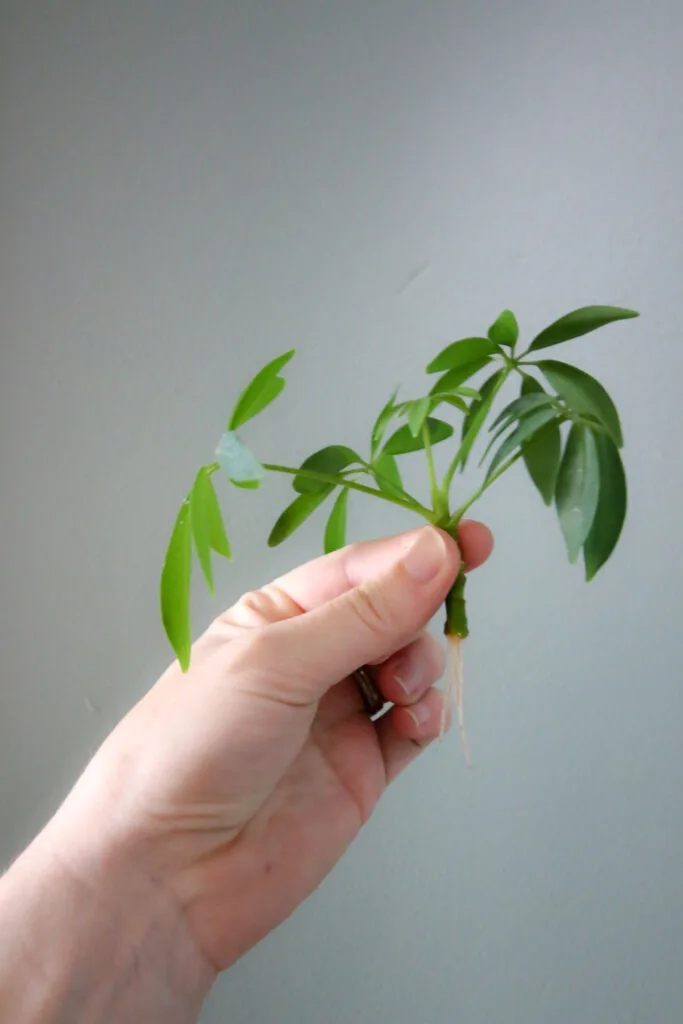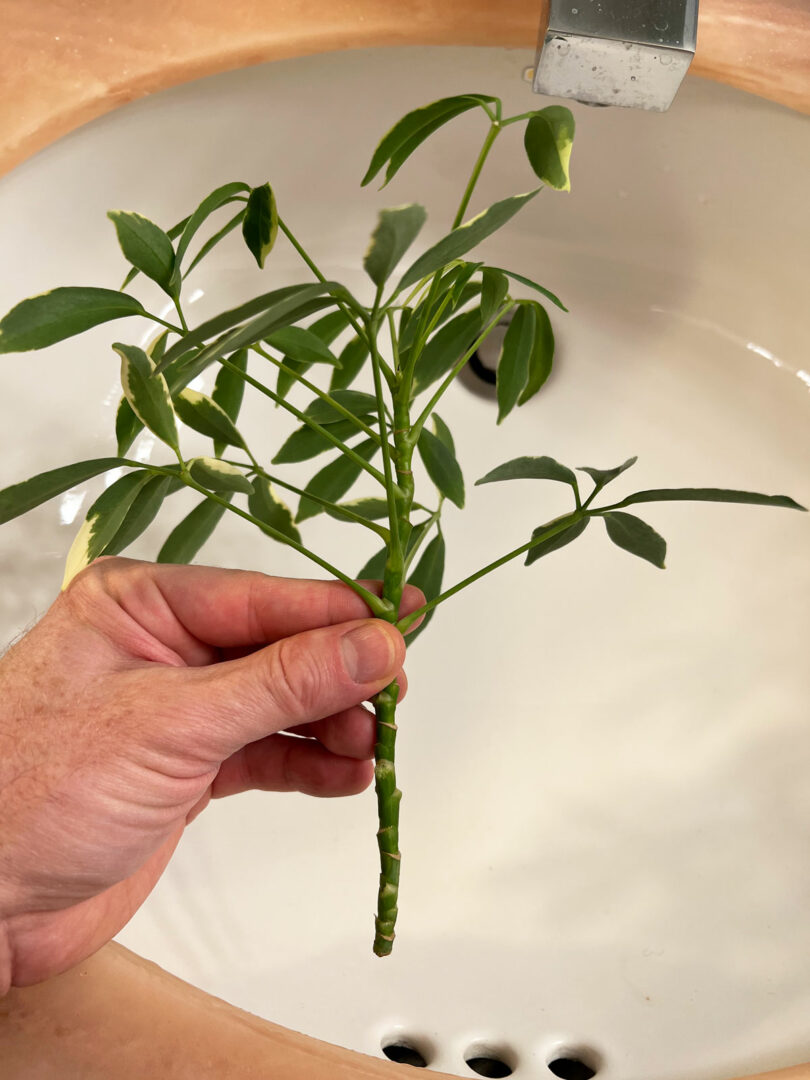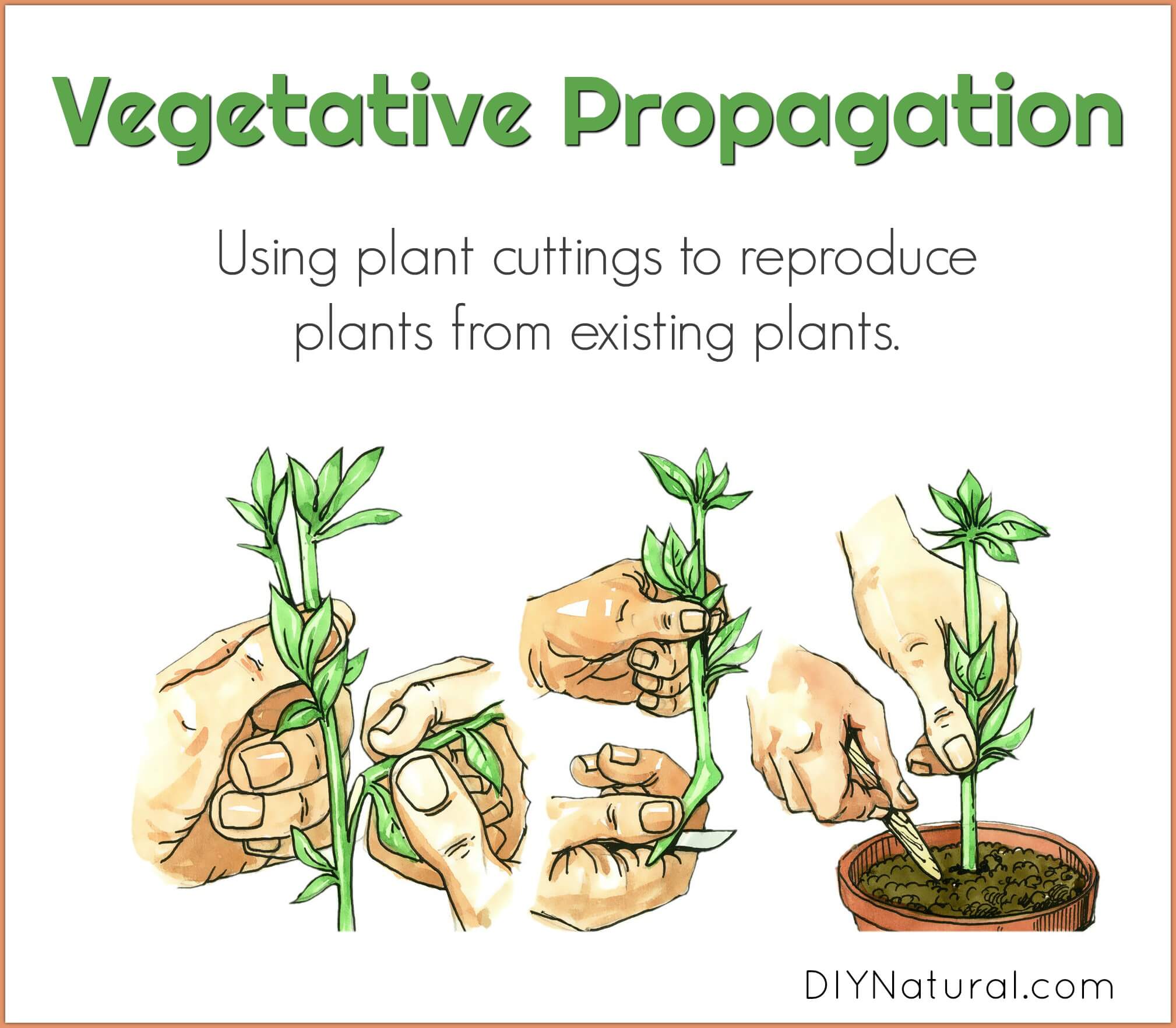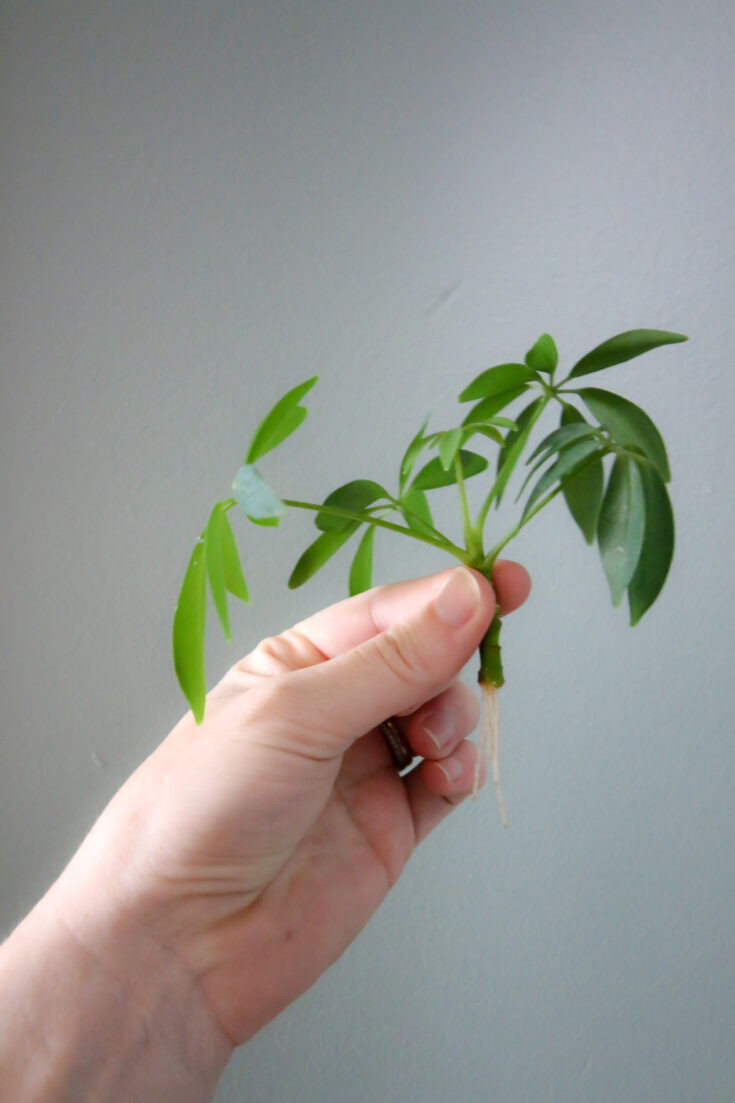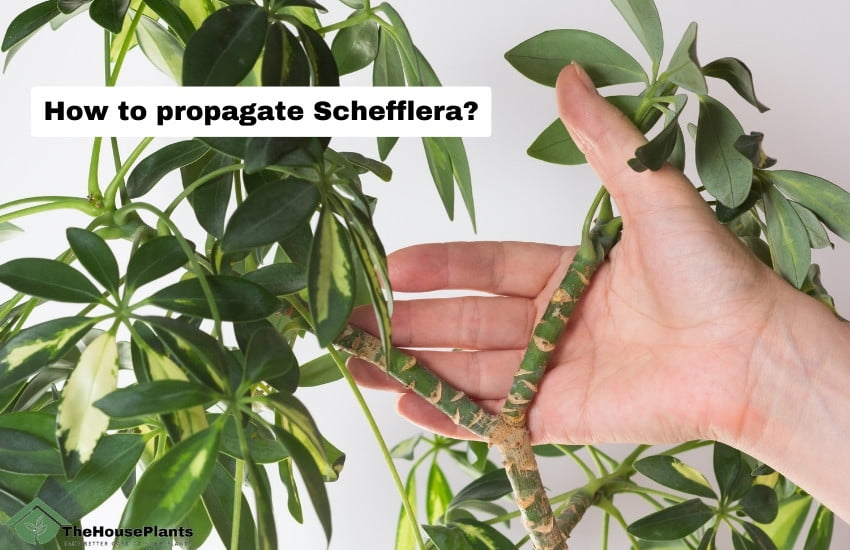Why Propagate Your Umbrella Plant?
Propagating an umbrella plant is a great way to share plants with friends and family, increase the number of plants in your collection, and preserve the plant’s unique characteristics. By learning how to propagate an umbrella plant, you can enjoy the beauty and benefits of this popular houseplant for years to come. Whether you’re a seasoned gardener or a beginner, propagating an umbrella plant is a relatively simple process that can be done with a few basic tools and some knowledge of the plant’s needs.
One of the main benefits of propagating an umbrella plant is that it allows you to share plants with others. If you have a particularly healthy or vigorous plant, you can take cuttings or divide the plant to create new plants that can be given to friends or family members. This is a great way to spread the joy of plant parenthood and introduce others to the world of houseplants.
In addition to sharing plants with others, propagating an umbrella plant can also help you to increase the number of plants in your collection. By taking cuttings or dividing the plant, you can create new plants that can be grown in different locations or under different conditions. This can be a great way to experiment with different growing techniques or to create a unique and varied collection of plants.
Finally, propagating an umbrella plant can help to preserve the plant’s unique characteristics. By taking cuttings or dividing the plant, you can create new plants that will retain the same characteristics as the parent plant. This can be especially important if you have a plant that has been passed down through generations or that has a unique or unusual trait.
Overall, propagating an umbrella plant is a great way to enjoy the benefits of this popular houseplant while also sharing plants with others and preserving the plant’s unique characteristics. By following a few simple steps and using the right techniques, you can learn how to propagate an umbrella plant and enjoy the rewards of plant parenthood for years to come.
Choosing the Right Method: Stem Cuttings vs. Division
When it comes to propagating an umbrella plant, there are two main methods to consider: stem cuttings and division. Both methods have their pros and cons, and the right choice for you will depend on the size and health of your plant.
Stem cuttings are a popular method for propagating umbrella plants because they are relatively easy to take and can be rooted quickly. To take stem cuttings, simply cut a section of stem from the mother plant, remove any lower leaves, and plant the cutting in a pot filled with a well-draining rooting medium. Keep the soil consistently moist and warm, and roots should develop within a few weeks.
One of the advantages of stem cuttings is that they can be taken at any time of year, as long as the mother plant is healthy and vigorous. Additionally, stem cuttings can be used to propagate a large number of plants quickly, making them a great option for those who want to share plants with friends or start a large collection.
However, stem cuttings can be more susceptible to rooting failures and may not produce plants that are as robust as those produced through division. Additionally, stem cuttings may not retain all of the characteristics of the mother plant, such as leaf color or shape.
Division, on the other hand, involves separating the roots of the mother plant to create new plants. This method is often used for larger plants that have outgrown their containers and need to be divided to maintain their health. To divide an umbrella plant, simply remove the plant from its pot, gently separate the roots, and replant the divisions in new pots filled with a well-draining potting mix.
One of the advantages of division is that it produces plants that are genetically identical to the mother plant, retaining all of its characteristics. Additionally, division can be used to rejuvenate older plants that have become pot-bound or are no longer thriving.
However, division can be a more labor-intensive process than taking stem cuttings, and it may not be suitable for smaller plants or those that are not yet mature. Additionally, division may not produce as many new plants as stem cuttings, depending on the size of the mother plant.
Ultimately, the choice between stem cuttings and division will depend on your specific needs and the health of your plant. By understanding the pros and cons of each method, you can make an informed decision and successfully propagate your umbrella plant.
Preparing Your Plant for Propagation
Before you start propagating your umbrella plant, it’s essential to prepare the plant for the process. This involves pruning, fertilizing, and ensuring the plant is healthy and pest-free.
Pruning is a crucial step in preparing your umbrella plant for propagation. Prune the plant to maintain its shape and promote healthy growth. Remove any dead or damaged leaves or stems, and cut back any leggy growth to encourage bushy growth. This will help the plant to focus its energy on producing new growth, which will increase the chances of successful propagation.
Fertilizing your umbrella plant is also essential before propagation. Feed the plant with a balanced, water-soluble fertilizer to provide it with the necessary nutrients for healthy growth. Avoid over-fertilizing, as this can damage the plant and reduce the chances of successful propagation.
Ensuring the plant is healthy and pest-free is also critical before propagation. Inspect the plant carefully for any signs of pests or diseases, and treat the plant accordingly. Common pests that can affect umbrella plants include spider mites, mealybugs, and scale, while common diseases include root rot and leaf spot.
Once you have pruned, fertilized, and ensured the plant is healthy and pest-free, you can start preparing the plant for propagation. This involves selecting the right stems or divisions for propagation, which will depend on the method you choose to use.
For stem cuttings, select healthy stems with at least two nodes, and cut them from the mother plant using a sharp, sterile knife or pruning tool. For division, select a healthy division with at least one growing stem, and carefully separate it from the mother plant.
By preparing your umbrella plant for propagation, you can increase the chances of successful propagation and ensure that your new plants are healthy and thriving. Whether you’re using stem cuttings or division, proper preparation is key to successful propagation.
Taking Stem Cuttings: A Step-by-Step Guide
Taking stem cuttings is a popular method for propagating umbrella plants, and with the right techniques, you can increase your chances of success. Here’s a step-by-step guide on how to take stem cuttings from your umbrella plant:
Step 1: Select the Right Stems
Choose healthy stems with at least two nodes, as these will have a higher chance of rooting successfully. Avoid taking cuttings from weak or damaged stems, as these may not root well.
Step 2: Cut the Stems Correctly
Using a sharp, sterile knife or pruning tool, cut the stems from the mother plant just above a node. Make the cut at a 45-degree angle, and remove any lower leaves that will be below the soil surface.
Step 3: Prepare the Cuttings for Rooting
Remove any excess leaves from the cutting, leaving only two or three leaves at the top. This will help to prevent the cutting from drying out and reduce the risk of root rot.
Step 4: Dip the Cutting in Rooting Hormone
Dip the cut end of the stem into a rooting hormone powder or liquid, following the manufacturer’s instructions. This will help to stimulate root growth and increase the chances of successful propagation.
Step 5: Plant the Cutting
Plant the cutting in a pot filled with a well-draining rooting medium, such as a mix of peat moss and perlite. Water the medium gently but thoroughly, and make sure the cutting is firm in the soil.
By following these steps, you can take healthy stem cuttings from your umbrella plant and increase your chances of successful propagation. Remember to provide the right conditions for rooting, including adequate light, water, and humidity, and you’ll be on your way to growing new umbrella plants.
Rooting Your Cuttings: Tips and Tricks
Once you have taken your stem cuttings, the next step is to root them. Rooting your cuttings requires the right conditions, including adequate light, water, and humidity. Here are some tips and tricks to help you root your cuttings successfully:
Using Rooting Hormone
Rooting hormone is a powder or liquid that contains plant growth regulators that help to stimulate root growth. Applying rooting hormone to the cut end of the stem can increase the chances of successful rooting. Follow the manufacturer’s instructions for application rates and methods.
Providing Adequate Light
Umbrella plants prefer bright, indirect light, but direct sunlight can be too intense for cuttings. Provide your cuttings with filtered sunlight or use grow lights to provide the right amount of light.
Maintaining High Humidity
High humidity helps to prevent the cuttings from drying out and promotes root growth. You can cover the pot with a clear plastic bag or a cloche to maintain high humidity.
Watering
Water your cuttings gently but thoroughly, making sure the soil is consistently moist but not waterlogged. Avoid getting water on the leaves or crown of the plant, as this can cause rot and other problems.
Monitoring for Rooting
Check your cuttings regularly for signs of rooting, such as new growth or roots visible through the drainage holes. Once the cuttings have rooted, you can transplant them into individual pots and care for them as you would a mature umbrella plant.
By following these tips and tricks, you can increase your chances of successfully rooting your stem cuttings and growing new umbrella plants. Remember to be patient, as rooting can take several weeks to several months, depending on the conditions and the health of the cuttings.
Dividing Your Umbrella Plant: A Step-by-Step Guide
Dividing your umbrella plant is a great way to propagate new plants, especially if you have a mature plant that has outgrown its container. Here’s a step-by-step guide on how to divide your umbrella plant:
Step 1: Prepare the Plant
Before you start dividing your umbrella plant, make sure it’s healthy and pest-free. Check the plant for any signs of disease or pests, and treat it accordingly.
Step 2: Remove the Plant from Its Pot
Carefully remove the plant from its pot, taking care not to damage the roots. If the plant is stuck in the pot, gently rock it back and forth to loosen it.
Step 3: Separate the Roots
Use a sharp, sterile knife or pruning tool to separate the roots of the plant. Start by gently teasing apart the roots with your fingers, and then use the knife or pruning tool to cut through any thick or tangled roots.
Step 4: Replant the Divisions
Replant the divisions in new pots filled with a well-draining potting mix. Make sure the soil is moist but not waterlogged, and provide the right amount of light and nutrients for the new plants.
Step 5: Water and Care for the New Plants
Water the new plants thoroughly after replanting, and provide them with the right amount of light and nutrients. Keep the soil consistently moist but not waterlogged, and monitor the plants for any signs of pests or diseases.
By following these steps, you can successfully divide your umbrella plant and propagate new plants. Remember to be patient, as it may take some time for the new plants to establish themselves and start growing.
Caring for Your Newly Propagated Plants
Congratulations You have successfully propagated your umbrella plant. Now, it’s time to care for your newly propagated plants. Here are some tips to help you provide the right conditions for your new plants to thrive:
Lighting
Umbrella plants prefer bright, indirect light. Place your new plants in a spot that receives plenty of natural light, but avoid direct sunlight, which can cause the leaves to become scorched.
Watering
Water your new plants thoroughly after propagation, and then reduce watering to once a week. Make sure the soil is consistently moist but not waterlogged, as this can cause root rot.
Nutrients
Feed your new plants with a balanced, water-soluble fertilizer once a month. This will provide them with the necessary nutrients to grow and thrive.
Humidity
Umbrella plants prefer high humidity, but they can adapt to average humidity levels. To maintain high humidity, you can place the pot on a tray filled with water and pebbles or use a humidifier.
Pest and Disease Control
Monitor your new plants regularly for pests and diseases. Check for signs of spider mites, mealybugs, and scale, and treat the plants accordingly. Also, inspect the plants for any signs of disease, such as yellowing leaves or black spots, and treat the plants with a fungicide if necessary.
Pruning
Prune your new plants regularly to maintain their shape and promote healthy growth. Remove any dead or damaged leaves or stems, and cut back any leggy growth to encourage bushy growth.
By following these tips, you can provide the right conditions for your newly propagated umbrella plants to thrive. Remember to be patient, as it may take some time for the new plants to establish themselves and start growing.
Troubleshooting Common Propagation Problems
While propagating an umbrella plant can be a rewarding experience, it’s not without its challenges. Here are some common problems that may arise during the propagation process, along with some troubleshooting tips and solutions:
Rooting Failures
If your stem cuttings are not rooting, it may be due to a lack of rooting hormone, inadequate light, or insufficient water. Check your propagation setup and make sure you’re providing the right conditions for rooting.
Pests
Check your plants regularly for signs of pests, such as spider mites, mealybugs, and scale. If you notice any pests, treat the plants with insecticidal soap or neem oil.
Diseases
Inspect your plants for signs of disease, such as yellowing leaves or black spots. If you notice any diseases, treat the plants with a fungicide and adjust your watering schedule to prevent overwatering.
Slow Growth
If your newly propagated plants are not growing as quickly as you expected, it may be due to a lack of nutrients or inadequate light. Check your fertilization schedule and make sure you’re providing enough light for your plants.
By troubleshooting common propagation problems, you can overcome obstacles and successfully propagate your umbrella plant. Remember to stay patient and persistent, and don’t be afraid to ask for help if you need it.


